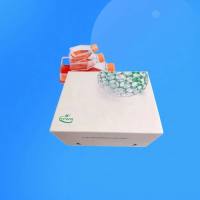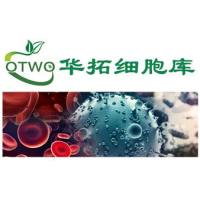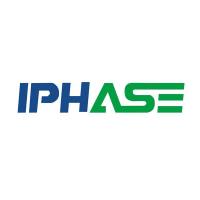Cytogenetic Characterization of Recombinant Cells
互联网
562
The use of mammalian cell systems for recombinant protein production has become the dominant method to produce high-value proteins for therapeutic purposes. Recombinant cell lines are often generated by transfection with specific DNA; therefore a selectable system is desirable to discriminate cells that have integrated the foreign DNA. Chinese hamster ovary (CHO) cells are most commonly used because of the availability of both a dihydrofolate reductase (DHFR)-deficient mutant cell line (CHO-DUKX (1 ) and DHFR expression vectors. Since DHFR expression vectors can be linked to DNA coding for desired proteins, co-integration of the DHFR expression vectors and the associated DNA often occurs. Integration of the DHFR expression vector into the CHO genome enables the cells to grow in a medium lacking the components glycine, hypoxanthine, and thymidine. Also, when multiple copies of the DHFR expression vector have been integrated, cellular resistance to methotrexate (MTX), a folate analog, is mediated. MTX can therefore be used to select for subclones that have amplified the transfected plasmid sequences to very high copy numbers.









